The leather and footwear industry has gradually penetrated deeply into the global supply chain
| Textile, footwear: Preparing to exploit the EU market well |
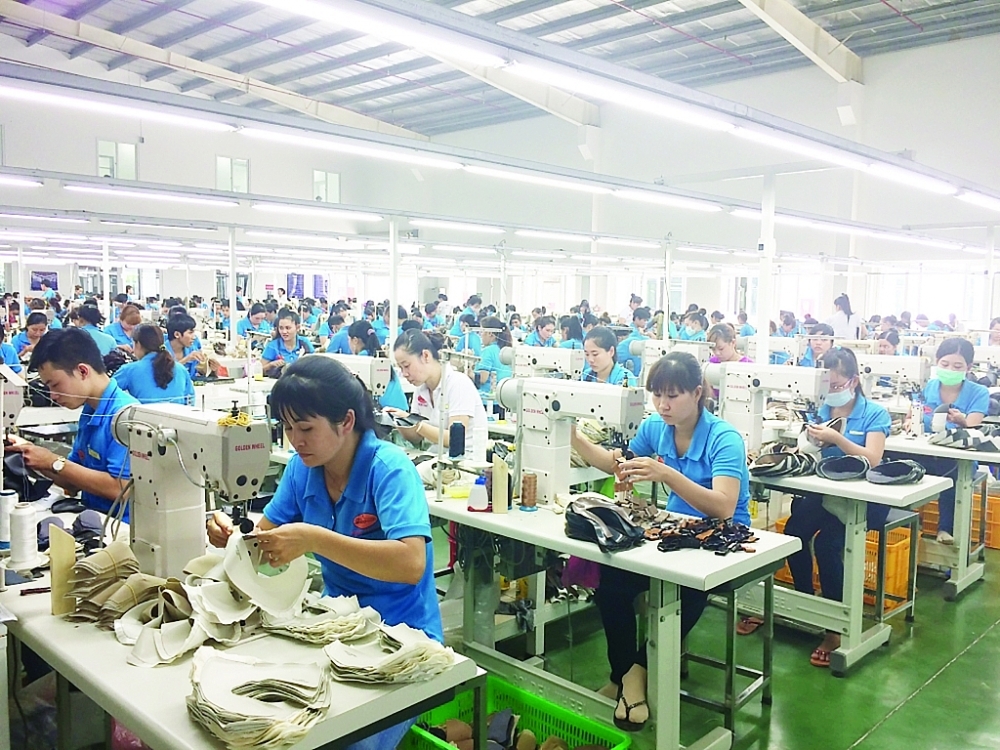 |
| Domestic enterprises have been proactive in raw materials for the production of leather, shoes and bags. Photo: N. Hue |
As one of the industries negatively affected by the Covid-19 pandemic, the export turnover of leather, footwear and handbags in 2020 will decrease by 11% compared to 2019, to the equivalent level of 2018 with US$19.5 billion.
Even in the context of such a decline, the footwear industry still recorded many positive signals.
Participate in design, R&D
Mr. Nguyen Duc Thuan, Chairman of Vietnam Leather, Footwear and Handbag Association (LEFASO), said that during the pandemic, Vietnam's leather and footwear enterprises had proven their ability to do R&D (research and development) and sample design.
“In the past, foreign brands had to send designers to Vietnam to model their products, but due to the pandemic, they were forced to let Vietnamese enterprises take the initiative in both product and design, they only review samples online," Mr. Thuan said.
As most supply chains and brands trust in the R&D and design capabilities of Vietnamese enterprises, Mr. Thuan said that this is a very good signal that Vietnam is penetrating deeply into the supply chain instead of just processing according to the sample of the brands. The stage of design and R&D is the one that brings great added value to the product.
According to Mr. Thuan, the supply capacity of Vietnam's leather, footwear and handbag industry is now good when the domestic material source has been proactive at 60%.
Specifically, raw materials and accessories account for about 50% of the cost of the footwear - handbag industry. In which, in shoe sole production, from sole mold, sole finishing and auxiliary materials, Vietnamese enterprises have been proactive. Along with that, Vietnam is also fully proactive in packaging and labelling which accounts for about 7-8%.
This is due to the initiative of enterprises in the domestic production of raw materials to replace imported sources. For example, GiaDinh Shoe Joint Stock Company has established industrial clusters to attract businesses to invest in the manufacturing of leather and footwear materials and actively set up production workshops to serve the industry.
For leather materials, Mr. Thuan said, due to the trend of environmental friendliness and high fashion, most brands are now using textiles, PU and environmentally friendly materials. Therefore, leather currently accounts for less than 2-3% of the total cost of the footwear industry.
“Previously, I personally reported to the Ministry of Industry and Trade on the establishment of an industrial zone specializing in leather. But then I realized this was no longer suitable, so I changed," Mr. Thuan said.
Orders back
Mr. Nguyen Chi Trung, Chairman of GiaDinh Shoes Joint Stock Company, said that since the end of 2020, the number of orders of the leather and footwear industry has increased again.
Particularly at GiaDinh Shoes Joint Stock Company, the number of orders has recovered 100%, even increased compared to the time before the pandemic.
"Currently the company has signed orders until March 2021 and is actively producing to meet the delivery time for customers," Mr. Trung said.
With the return of orders, Mr. Trung said that all the company's workers have returned to work and the company is also in need of recruiting more workers.
"In April to May 2021, the labor force is likely to fall into a shortage because all businesses have recruitment demands," Mr. Trung said.
Accordingly, GiaDinh Shoes Company expects to achieve a growth rate of 30% compared to 2020.
Similarly, some other companies also said they received orders until May 2021. Enterprises in the leather and footwear industry expect that 2021 will see a strong growth in orders and turnover thanks to the advantages of post-Covid-19 production compared to other countries. In particular, the EVFTA is creating many great opportunities in increasing exports and the EU market.
Regarding the general outlook of the leather and footwear industry, Mr. Thuan said, the industry's target in 2021 is to export more than US$20 billion to compensate for the losses in 2020.
“Opportunities have never come as quickly and as much as today, the problem is our receptive ability. Currently, China still accounts for 50% of the global leather and footwear industry's capacity, but for the first time, exports from Vietnam to China have increased by 15%, showing that this is no longer a competitor in terms of supply with Vietnam, but has to import Vietnamese-made products,” Mr. Thuan said.
Besides, the trend of shifting production out of China to other countries like Vietnam is also opening up great opportunities. Mr. Thuan estimates that if 5-10% of orders in China move to Vietnam, within 3-4 years, our leather and footwear industry can reach US$30-40 billion.
| Ms. Le Thi Thanh Xuan, Vice President of LEFASO: It is necessary to pay attention to sustainable development. In the new generation FTAs, there is a chapter on sustainable development. This forces all businesses to pay attention to environment and labor issues. Most recently, the French government has enacted the law on the environment, which set out the requirements for waste management and the circular economy. If the enterprises exporting goods to France do not comply with the requirements of this law, the orders will be returned immediately for re-production or to charity. This law caused a huge impact on manufacturing industries and countries. Therefore, businesses need to quickly grasp to have a development strategy. |
Related News
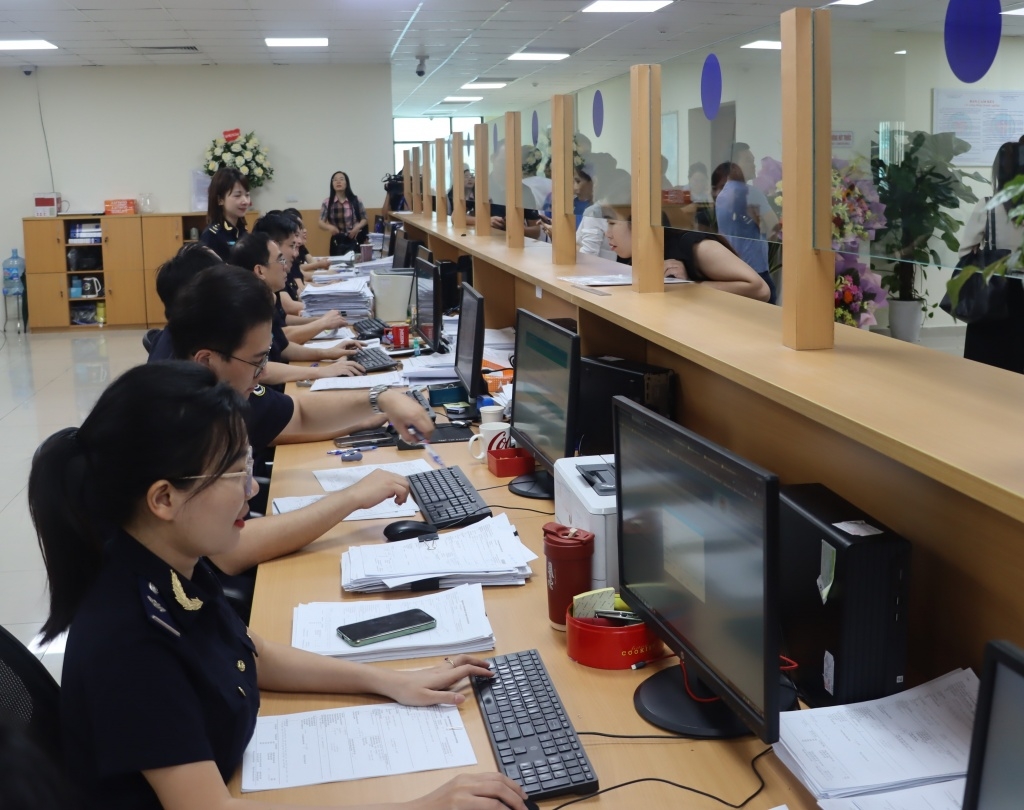
Hai Phong Customs’ revenue rises about VND 1,000 billion
14:52 | 14/02/2025 Customs
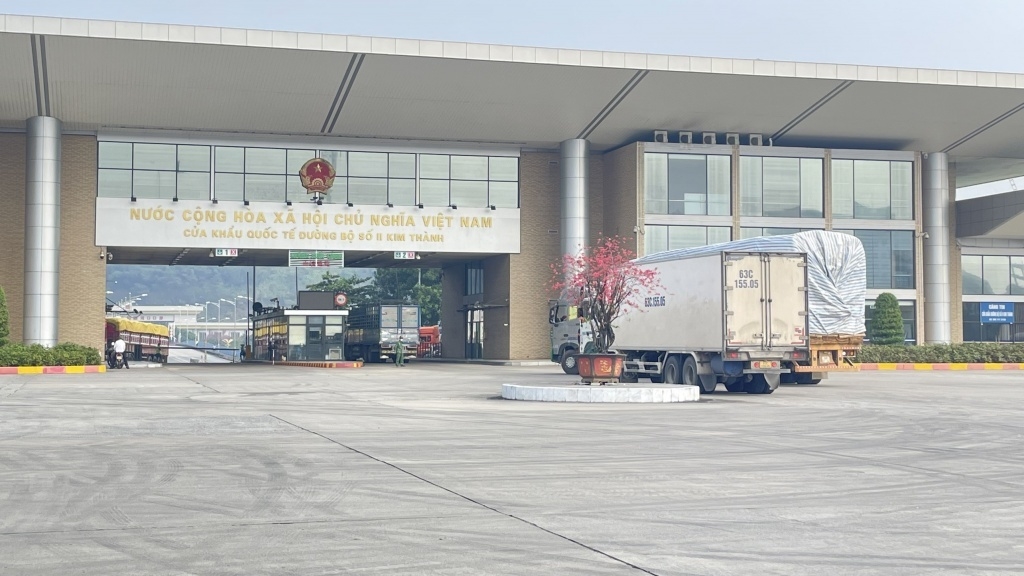
Import and export turnover reaches about US$29 billion in the second half of January 2025
14:52 | 14/02/2025 Import-Export
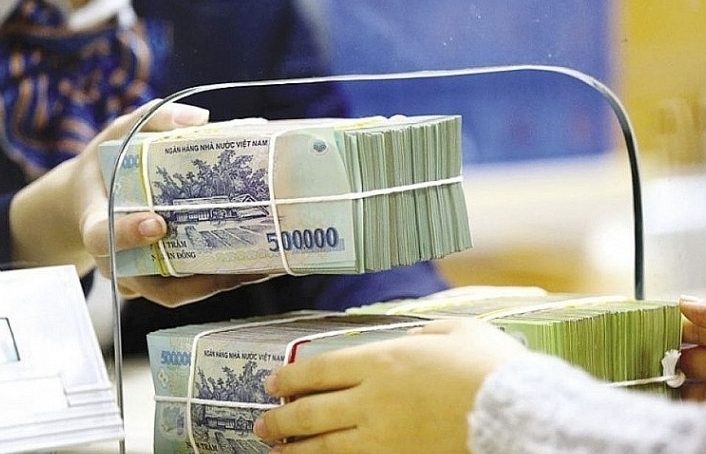
State revenue in first month of the year equal to 14% of the estimate
10:12 | 11/02/2025 Finance
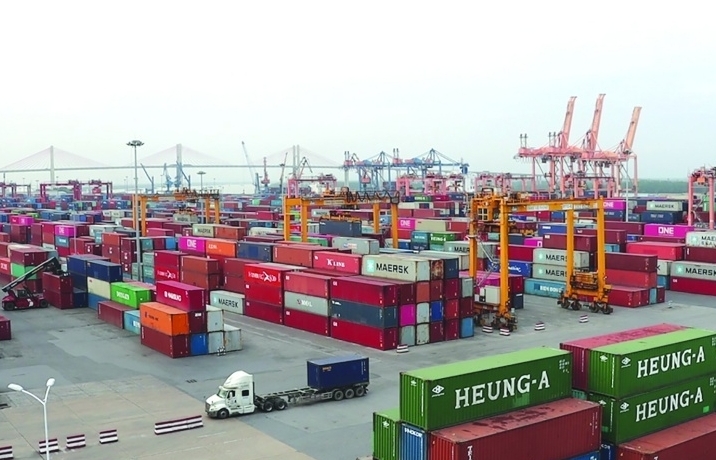
Hai Phong Customs processes more than 1,500 declarations during 2025 Lunar New Year holiday
14:09 | 05/02/2025 Customs
Latest News

Embracing green exports: a pathway to enter global supply chains
10:33 | 20/02/2025 Import-Export
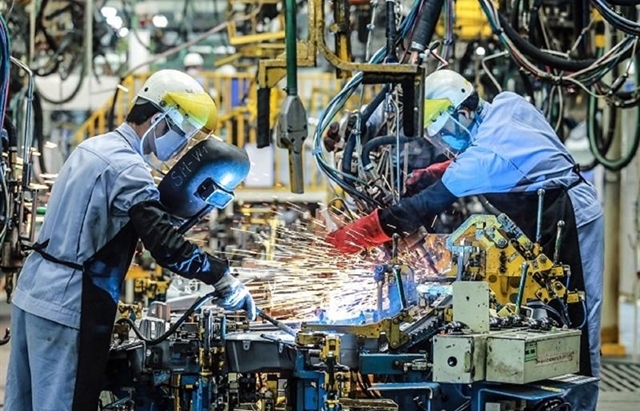
New policy proposed to prevent transfer pricing, tax evasion of FDI enterprises
10:32 | 20/02/2025 Import-Export
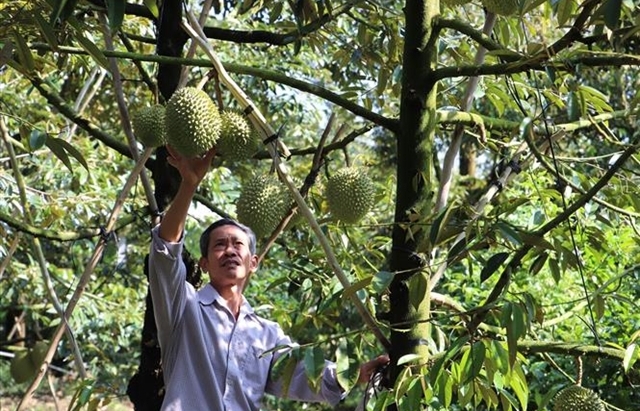
Việt Nam’s durian exports to China plummet by 80%
16:18 | 19/02/2025 Import-Export
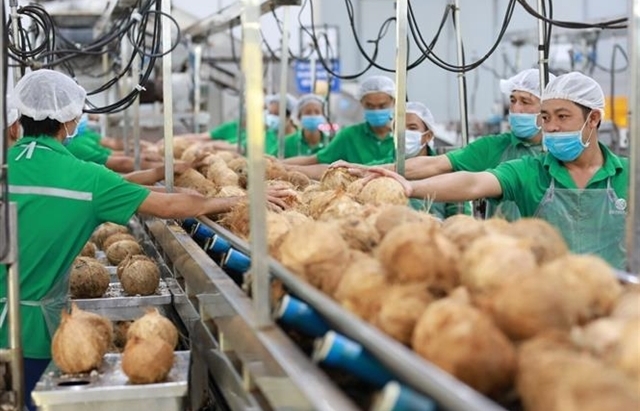
Coconut exports reach 14-year high
15:29 | 18/02/2025 Import-Export
More News

Shrimp exports grow in the first month of 2025
15:28 | 18/02/2025 Import-Export
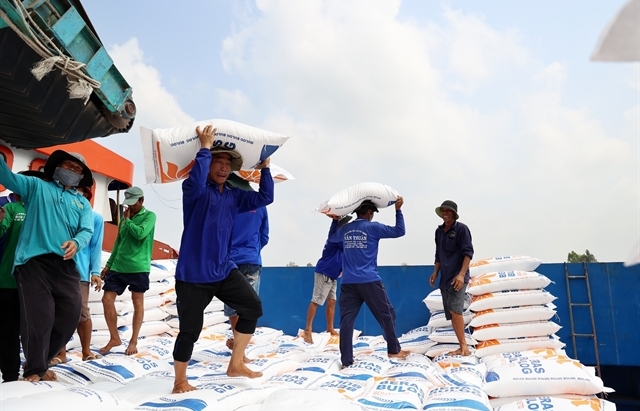
Rice export prices drop, but decline expected to be short-term
08:10 | 17/02/2025 Import-Export
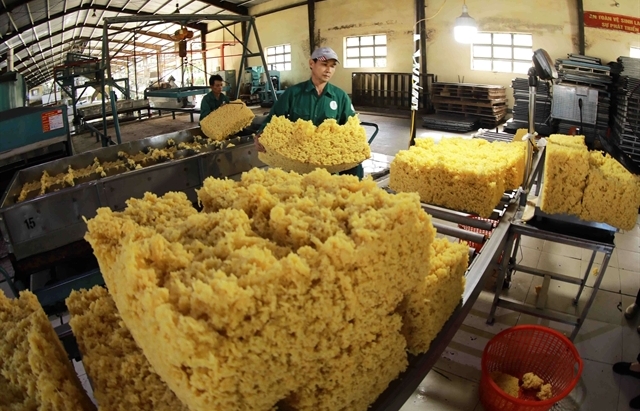
Key agro products expected to maintain export growth this year
08:08 | 17/02/2025 Import-Export
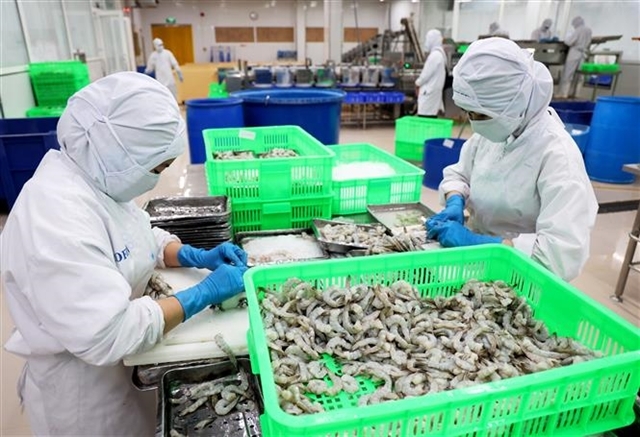
EU issues 12 warnings against Việt Nam’s food and agricultural exports
08:07 | 17/02/2025 Import-Export
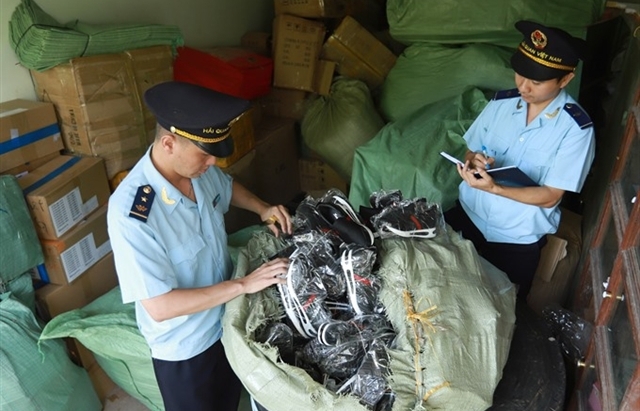
Việt Nam to impose VAT on low-value express-imported goods
08:06 | 17/02/2025 Import-Export

Exchange rate risks need attention in near future
16:31 | 15/02/2025 Import-Export
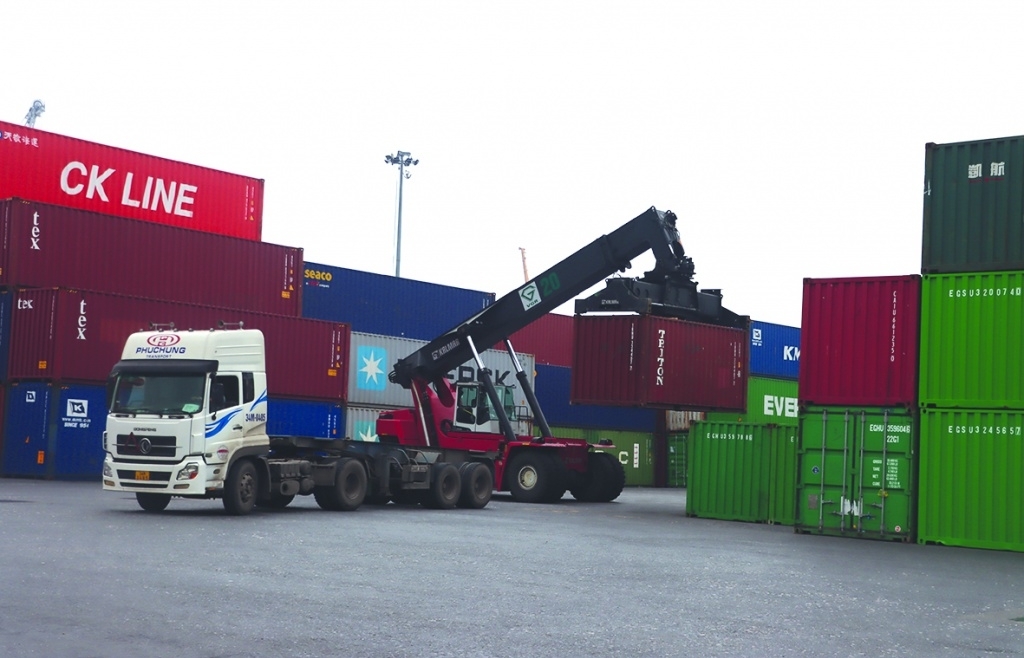
Vietnam kicked off the year with a strong start in trade, exceeding US$63 billion in the first month
16:30 | 15/02/2025 Import-Export

Market edges up slightly as liquidity remains low
14:48 | 14/02/2025 Import-Export

Business regulations must be trimmed for development of enterprises: Experts
14:46 | 14/02/2025 Import-Export
Your care

Embracing green exports: a pathway to enter global supply chains
10:33 | 20/02/2025 Import-Export

New policy proposed to prevent transfer pricing, tax evasion of FDI enterprises
10:32 | 20/02/2025 Import-Export

Việt Nam’s durian exports to China plummet by 80%
16:18 | 19/02/2025 Import-Export

Coconut exports reach 14-year high
15:29 | 18/02/2025 Import-Export
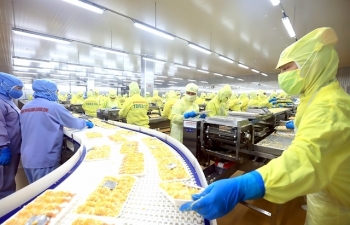
Shrimp exports grow in the first month of 2025
15:28 | 18/02/2025 Import-Export
